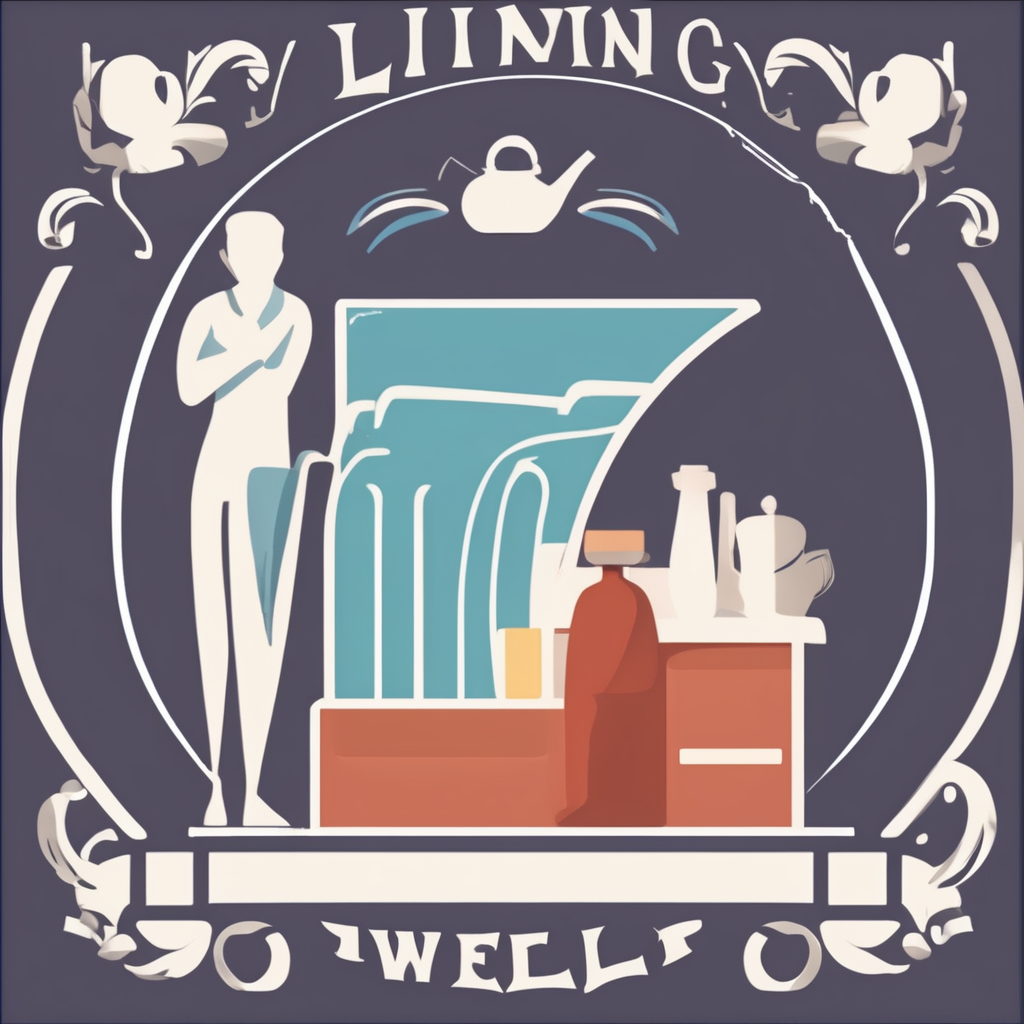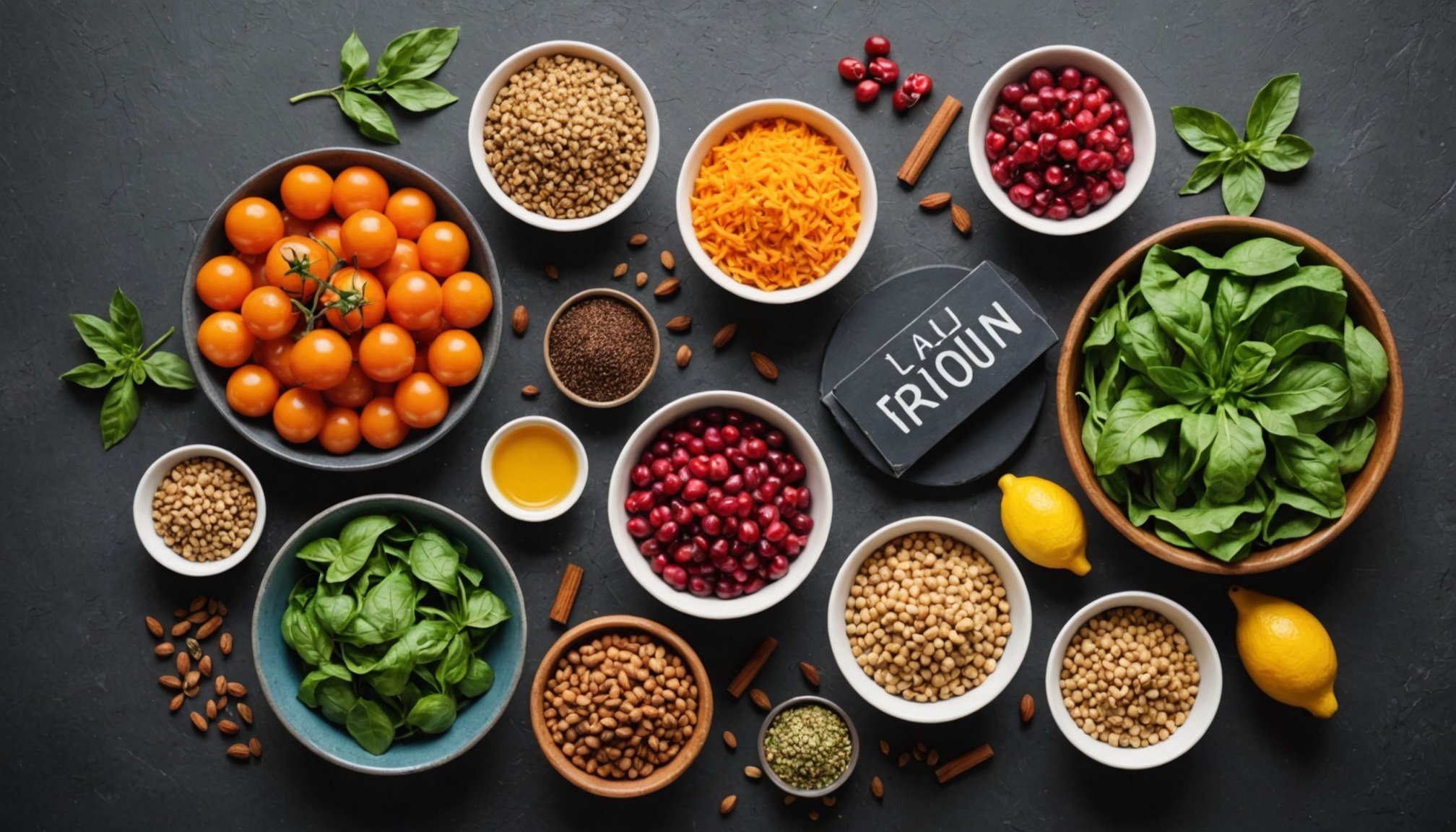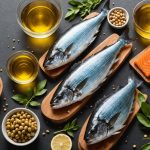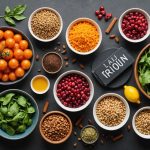Understanding Iron Deficiency and Its Impacts
Iron deficiency is a widespread nutritional concern that arises when the body lacks enough iron to produce adequate levels of haemoglobin, the protein in red blood cells responsible for oxygen transport. Common symptoms of iron deficiency include fatigue, weakness, pale skin, and shortness of breath, all of which can significantly affect daily life and productivity.
Achieving a high precision understanding of iron deficiency highlights its potential long-term health impacts. When iron levels remain low for extended periods, it may lead to iron deficiency anemia, characterized by extreme fatigue and cognitive disruptions. Anemia can further strain the cardiovascular system, posing additional health risks.
In the same genre : Unlocking the Power of Omega-3: Discover the Health Benefits of Incorporating These Essential Fatty Acids into Your Diet!
Certain groups are particularly susceptible to iron deficiency, such as women of childbearing age due to menstrual blood loss, pregnant women whose iron needs increase to support fetal growth, and children experiencing rapid growth phases. Vegetarians and vegans might also be at risk due to lower bioavailability of plant-based iron sources. Identifying these at-risk groups is crucial for targeted nutritional support and effective intervention strategies.
Understanding these aspects of iron deficiency and implementing strategies to mitigate its effects can improve overall health and prevent the progression to more serious conditions.
In the same genre : Discover Powerful Drug-Free Strategies for Fibromyalgia Relief: Your Guide to Effective Management
Identifying Your Nutritional Needs
Understanding your personalized diet is crucial for maintaining optimal health. Everyone’s dietary needs differ, so conducting a dietary assessment is a significant first step. This assessment can help you better grasp your individual needs, like specific nutrient requirements and dietary habits.
The evaluation often includes analyzing iron levels and other dietary intake. Tools such as detailed food diaries and digital applications can assist in tracking and analyzing your diet. These records can highlight potential nutritional gaps, indicating where your diet might lack certain vitamins or minerals like iron.
Another critical component is collaborating with healthcare professionals. Nutritionists and dietitians can provide personalized guidance tailored to your needs. By examining blood work and familial health history, they can suggest changes or integrations to your diet that align with your health goals.
Working with these experts enables you to receive personalized guidance on balancing nutrients and understanding dietary requirements. They can recommend personalized diet plans, ensuring the approach is customized and effective. Identifying nutritional needs does not have to be daunting; systematic methods can simplify the process.
Foods Rich in Iron
Iron is a vital nutrient, and its dietary sources can be broadly divided into heme and non-heme iron. Heme iron, easily absorbed by the body, is found primarily in animal products. Key iron-rich foods in this category include red meat, fish, and poultry. On the other hand, non-heme iron is found in plant-based sources like beans, lentils, and spinach, which makes it integral for vegetarian and vegan diets.
Different food categories provide ample options to cater to various dietary preferences. Omnivorous diets have the advantage of incorporating heme sources such as beef and chicken, complemented by non-heme sources like fortified cereals. For those following a vegetarian or vegan lifestyle, non-heme-rich foods like tofu, chickpeas, and dark leafy greens offer a robust alternative to meet daily iron requirements.
Incorporating a variety of iron-rich foods into your diet is crucial for optimizing intake. Mixing heme and non-heme sources can enhance absorption, especially when combined with vitamin C-rich foods, like citrus fruits. This diverse approach ensures adequate iron levels, supporting overall health and well-being. Balancing these dietary sources can significantly impact iron sufficiency and minimize deficiencies.
Enhancing Iron Absorption
Boosting iron absorption is crucial to maintaining optimal health. Nutrients like vitamin C play a vital role. Consuming vitamin C-rich foods, such as oranges, strawberries, and bell peppers, alongside iron-rich foods can significantly enhance iron uptake. Vitamin C transforms iron into a form that’s easier for your body to absorb, maximizing the benefits from meals.
Certain foods and habits can inhibit iron intake. For example, consuming coffee or tea alongside your meals may hinder absorption due to their polyphenol content. Calcium-rich foods and supplements can also interfere with iron absorption. It’s advisable to schedule these around your dietary tips rather than during iron-rich meals.
Meal pairing strategies are effective in optimizing iron absorption. Consider these approaches:
- Combine plant-based iron sources with vitamin C-rich fruits and vegetables.
- Include protein from meat or beans to enhance non-heme iron uptake from plants.
- Avoid pairing iron-heavy meals with dairy or caffeine to prevent absorption blockages.
Adopting these eating strategies ensures you receive the maximum benefit from dietary iron, supporting your overall health and wellbeing. By incorporating these practices, you can efficiently boost your body’s iron levels and energy.
Meal Planning for Higher Iron Levels
Navigating the world of dietary strategies can be daunting, but with purposeful meal planning, you can boost your iron intake effectively and enjoyably. Let’s explore some practical tips and strategies for creating balanced iron-rich meals.
First, emphasise including various iron-rich foods in your daily meals. Plan to incorporate ingredients like lean red meat, poultry, lentils, and spinach into your meal planning. For non-meat eaters, dark leafy greens, beans, and fortified cereals are excellent sources of iron.
A sample meal plan might include a breakfast of oatmeal topped with sliced almonds and a handful of raisins, providing a solid iron boost. For lunch, consider a spinach salad paired with grilled chicken and cherry tomatoes. Dinner might feature a chickpea and beef stew with a side of quinoa.
When planning meals, pair your iron-rich foods with vitamin C sources such as citrus fruits or bell peppers. This synergistic strategy enhances iron absorption. Another tip: avoid drinking tea or coffee with meals, as they inhibit iron absorption.
Incorporating these strategies into your meal planning allows for consistent intake of iron-rich meals, which can be seamlessly woven into daily routines, making achieving adequate iron levels accessible and enjoyable.
Supplements and Expert Advice
Considering iron supplements can be vital for those with a diagnosed deficiency or significant dietary restrictions. It’s crucial to seek professional guidance to determine if supplements are necessary and beneficial. Health experts often recommend supplementation when dietary intake alone fails to meet the body’s needs.
Iron supplements can cause side effects, such as gastrointestinal discomfort, constipation, or nausea. Mitigation strategies include taking supplements with food or dividing the dosage throughout the day. Consulting with a healthcare provider can help tailor an approach to minimize adverse effects.
Before starting any supplementation, it’s essential to consult with healthcare providers. They can offer personalized dietary advice based on blood tests and evaluations. A healthcare professional’s guidance ensures supplements are necessary and avoids potential interactions with medications or underlying health conditions.
If iron supplementation is needed, consider these steps:
- Discuss your specific health needs with a doctor or nutritionist.
- Evaluate the type of supplements best suited to your lifestyle.
- Monitor iron levels regularly to prevent excessive intake.
Seeking expert advice not only supports overall well-being but also empowers individuals to make informed health decisions.
Recipes to Boost Iron Levels Naturally
Iron is a crucial nutrient, and incorporating iron-rich recipes into your diet can effectively boost your iron levels. Discover a range of easy-to-make dishes that are not just nutritious but also tantalizing to the palate. Experimenting with different cooking techniques can enrich the nutritional profile of your meals.
To spice up your culinary journey, consider these delectable options:
- Spinach and Lentil Curry: Lentils are an excellent source of iron, and when paired with spinach, they offer a powerful nutritional punch. Use sautéing and slow cooking to keep nutrients intact while enhancing flavours.
- Beef and Broccoli Stir-fry: Lean beef is a well-known iron-rich food. Combine it with broccoli for a nutritious and balanced meal. Quick stir-frying preserves nutrients and keeps the texture perfect.
- Chickpea and Quinoa Salad: Quinoa offers plant-based iron and, coupled with chickpeas, ensures a filling, healthy dish. Toast the quinoa lightly to bring out its earthy flavour.
These iron-rich ingredients can open a world of flavour in flavorful meals that are simple yet effective. Embrace experimentation in the kitchen to lead a healthier, more varied diet while finding joy in the process.
Maintaining a Balanced Diet While Addressing Iron Levels
Striking the right balance in your diet is crucial for maintaining optimal iron health. A well-rounded and balanced diet naturally contains the necessary nutrients to support your body’s iron needs. While focusing on iron-rich foods, it’s important to maintain dietary balance by including a variety of nutrients. Foods high in vitamin C, for instance, can enhance iron absorption, so consider pairing iron-rich foods with citrus fruits or bell peppers.
Additionally, incorporating legumes, nuts, and seeds ensures a diverse intake of essential vitamins and minerals. Remember, a balanced diet is not about focusing on a single nutrient but ensuring a varied intake over time.
Adopting sustainable eating habits can also support iron levels and overall health in the long term. Sustainable eating involves choosing whole foods that are locally sourced when possible, which contribute to an environment-friendly lifestyle. By planning meals around seasonal vegetables and lean meats, you can achieve a dietary balance that benefits both your health and the planet. Moreover, portion control and mindful eating are key practices that facilitate sustainable dietary habits, ensuring your iron intake aligns with your body’s requirements without sacrificing variety or nutrition.











